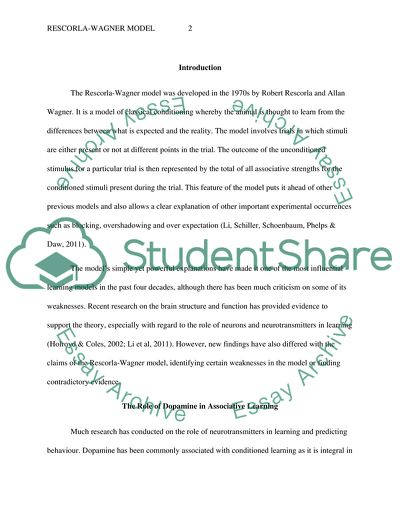Cite this document
(Does neuroscientific research provide support for the Rescorla-Wagner Coursework, n.d.)
Does neuroscientific research provide support for the Rescorla-Wagner Coursework. https://studentshare.org/psychology/1853251-does-neuroscientific-research-provide-support-for-the-rescorla-wagner-model
Does neuroscientific research provide support for the Rescorla-Wagner Coursework. https://studentshare.org/psychology/1853251-does-neuroscientific-research-provide-support-for-the-rescorla-wagner-model
(Does Neuroscientific Research Provide Support for the Rescorla-Wagner Coursework)
Does Neuroscientific Research Provide Support for the Rescorla-Wagner Coursework. https://studentshare.org/psychology/1853251-does-neuroscientific-research-provide-support-for-the-rescorla-wagner-model.
Does Neuroscientific Research Provide Support for the Rescorla-Wagner Coursework. https://studentshare.org/psychology/1853251-does-neuroscientific-research-provide-support-for-the-rescorla-wagner-model.
“Does Neuroscientific Research Provide Support for the Rescorla-Wagner Coursework”. https://studentshare.org/psychology/1853251-does-neuroscientific-research-provide-support-for-the-rescorla-wagner-model.


